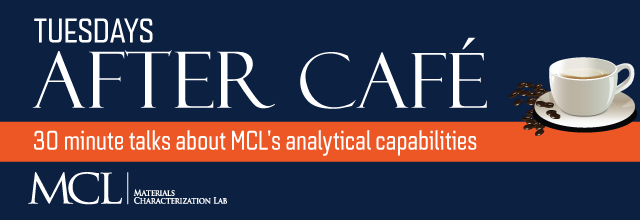Materials characterization is often performed under standard laboratory conditions. However, this can lead to an incomplete view of the structure, chemistry, and overall properties of a material system under their eventual “real-world operating conditions”. To address this gap researchers may employ strategies to collect their data under “in situ” conditions where temperature, pressure, and chemical composition of atmosphere are controlled. The insight gained via “in situ” characterization are critical to developing further understanding for advanced materials, catalysts, polymers, etc. and represent one of the DOE BES critical research aims. During this talk, I will discuss our capabilities at MCL to perform these in situ experiments with a specific focus on XRD, TEM, XPS and molecular spectroscopy applied to a broad range of materials.

